-
 bitcoin
bitcoin $109667.069529 USD
-3.03% -
 ethereum
ethereum $3936.685804 USD
-4.07% -
 tether
tether $1.000493 USD
0.01% -
 xrp
xrp $2.771823 USD
-4.74% -
 bnb
bnb $957.805027 USD
-5.34% -
 solana
solana $196.735100 USD
-6.68% -
 usd-coin
usd-coin $0.999727 USD
-0.01% -
 dogecoin
dogecoin $0.227355 USD
-5.12% -
 tron
tron $0.335205 USD
-0.81% -
 cardano
cardano $0.779256 USD
-3.59% -
 ethena-usde
ethena-usde $0.999900 USD
-0.06% -
 hyperliquid
hyperliquid $42.492095 USD
-6.61% -
 chainlink
chainlink $20.501853 USD
-4.34% -
 avalanche
avalanche $28.952606 USD
-11.21% -
 stellar
stellar $0.356038 USD
-3.93%
What is the J line and why is it important in the KDJ indicator?
The KDJ indicator's J line, calculated as J = 3K - 2D, amplifies momentum shifts, helping traders spot overbought (>100) or oversold (<0) conditions in volatile crypto markets.
Aug 05, 2025 at 06:29 pm
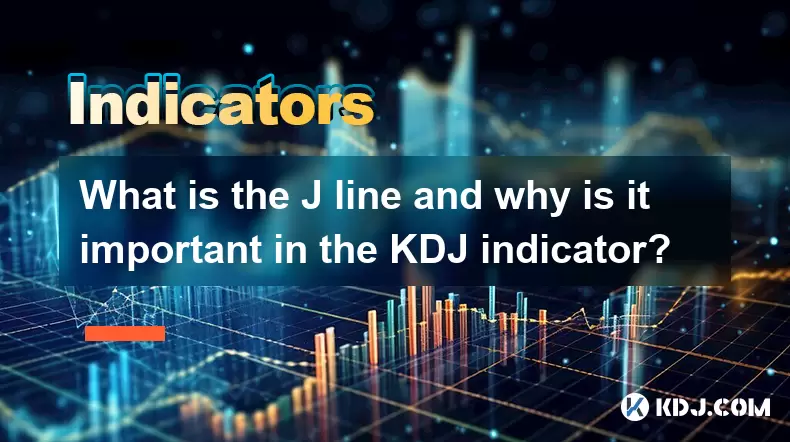
Understanding the KDJ Indicator Framework
The KDJ indicator is a momentum oscillator widely used in technical analysis within the cryptocurrency trading community. It expands upon the Stochastic Oscillator by introducing a third line, known as the J line, which provides deeper insight into price momentum and potential reversal points. The KDJ comprises three lines: the K line, the D line, and the J line. These lines are derived from price data over a specified period, typically 9 candles, and are calculated using a series of smoothing formulas. The core function of the KDJ is to identify overbought and oversold conditions, helping traders anticipate shifts in market sentiment.
The K line is the fastest-moving component, reflecting the current momentum based on the most recent closing prices relative to the high-low range. The D line acts as a signal line, obtained by smoothing the K line, and is used to confirm trends or crossovers. The J line, however, is unique because it amplifies the divergence between the K and D lines, making it a more sensitive gauge of price extremes.
Mathematical Construction of the J Line
The J line is not an independent calculation but is derived from the K and D lines using the following formula:
J = 3 × K – 2 × DThis equation effectively extrapolates the relationship between the K and D lines, magnifying their divergence. When the K line rises sharply above the D line, the J line surges upward, often exceeding the standard 0–100 range. Conversely, when the K line drops below the D line, the J line plunges, potentially falling below zero. This mathematical amplification allows the J line to react more quickly to abrupt price changes, which is especially useful in the volatile cryptocurrency markets.
Because of this formula, the J line can reach extreme values such as +100 or even higher, or drop to -20 or lower, indicating exceptionally strong momentum. These excursions beyond the typical bounds are not errors but are inherent features of the J line’s design, signaling potential exhaustion in the current trend.
Role of the J Line in Identifying Overbought and Oversold Conditions
In the KDJ indicator, standard thresholds are used to interpret overbought and oversold levels. Typically, a reading above 80 is considered overbought, while a reading below 20 is deemed oversold. The J line, due to its amplified nature, often breaches these thresholds more dramatically than the K or D lines.
When the J line surges above 100, it suggests that buying pressure has become excessive and may be unsustainable. This condition frequently precedes a price correction or reversal, particularly in cryptocurrencies where rapid pump-and-dump cycles are common. Traders monitor such spikes as potential sell signals, especially when accompanied by bearish candlestick patterns or declining volume.
Conversely, when the J line plunges below 0, it indicates extreme selling pressure. This may signal that the asset is oversold and due for a rebound. In crypto markets, where sentiment shifts rapidly, a deeply negative J line can foreshadow a short-term bottom, offering a potential entry point for contrarian traders.
Using the J Line for Crossover and Divergence Signals
The J line enhances the signal-generating capability of the KDJ indicator by adding sensitivity to crossovers and divergences. While crossovers between the K and D lines are standard, the J line’s sharp movements can confirm or precede these events.
- When the J line crosses above the K line from below, especially after both have been in oversold territory, it may indicate the start of a bullish momentum phase.
- A cross below the K line in overbought regions can signal weakening bullish momentum and a potential downturn.
- Bullish divergence occurs when the price makes a lower low, but the J line forms a higher low, suggesting weakening downward momentum.
- Bearish divergence happens when the price reaches a higher high, but the J line peaks at a lower high, indicating waning upward strength.
These signals are particularly effective when combined with volume analysis and other indicators such as RSI or MACD, reducing the likelihood of false positives in fast-moving crypto markets.
Practical Steps to Configure and Interpret the J Line on Trading Platforms
To utilize the J line effectively, traders must correctly set up the KDJ indicator on their trading interface. Most platforms, including TradingView, Binance, and MetaTrader, support KDJ as a built-in or custom indicator.
- Open the chart of the desired cryptocurrency pair (e.g., BTC/USDT).
- Navigate to the indicators section and search for “KDJ” or “Stochastic”.
- Select the KDJ variant if available; if not, manually input the formula using custom script options.
- Set the period to 9, the default for KDJ calculations.
- Adjust smoothing factors: K usually uses a 3-period SMA, D is a 3-period SMA of K.
- Ensure the J line is displayed by verifying the formula J = 3K - 2D is active.
- Observe the J line’s behavior in relation to K and D, focusing on extreme values and crossovers.
Many platforms allow color-coding the J line (e.g., red for declining, green for rising) to enhance readability. Backtesting historical data on assets like ETH or SOL can help validate the reliability of J line signals in different market conditions.
Common Misinterpretations and Risk Management
Despite its sensitivity, the J line can generate false signals, especially during strong trending markets. A J line above 100 does not automatically mean a reversal will occur; in a powerful bull run, it may remain elevated for extended periods. Similarly, a J line below 0 in a downtrend may not indicate an immediate bottom.
To mitigate risks:
- Avoid taking trades based solely on J line extremes.
- Confirm signals with price action patterns, such as engulfing candles or support/resistance breaks.
- Use stop-loss orders when entering positions based on J line crossovers.
- Combine with trend-following tools like moving averages to filter out counter-trend noise.
In sideways or ranging markets, the J line performs best, offering clear buy and sell zones. In trending markets, it should be used cautiously, focusing on divergence rather than absolute levels.
Frequently Asked Questions
Can the J line stay above 100 or below 0 for long periods?Yes, especially in strong trending markets. In a sustained crypto bull run, the J line can remain above 100 for several candles, reflecting persistent buying pressure. This does not invalidate the signal but indicates momentum strength. Traders should not assume an immediate reversal solely based on extreme J values.
Is the J line available on all trading platforms by default?Not always. While platforms like TradingView include KDJ with the J line, others may only offer the standard Stochastic (K and D lines). In such cases, users can add a custom indicator script to compute J = 3K - 2D manually using the platform’s scripting language (e.g., Pine Script).
How does the J line differ from the RSI in detecting overbought conditions?The J line is more volatile and responsive due to its derivation from K and D lines, while RSI measures speed and change of price movements directly. The J line can exceed 100 or drop below 0, whereas RSI is capped at 0–100. This makes the J line more sensitive to short-term extremes in crypto volatility.
Should the J line be used independently for trade decisions?No. The J line should not be used in isolation. It works best when combined with confirmation from price structure, volume, and other technical tools. Relying solely on the J line increases the risk of whipsaws, particularly in low-liquidity altcoin markets.
Disclaimer:info@kdj.com
The information provided is not trading advice. kdj.com does not assume any responsibility for any investments made based on the information provided in this article. Cryptocurrencies are highly volatile and it is highly recommended that you invest with caution after thorough research!
If you believe that the content used on this website infringes your copyright, please contact us immediately (info@kdj.com) and we will delete it promptly.
- Bitwise, Hyperliquid ETF, and Perp DEXs: A New Era in Crypto Trading?
- 2025-09-26 12:25:15
- Ozak AI Price Prediction: Analyst Bull Case for $5 by 2026?
- 2025-09-26 12:25:15
- Bitcoin Price Wobbles: Support Failure and Trader Sentiment in the Mix
- 2025-09-26 12:45:16
- Dogecoin, Memecoins, and the Bull Cycle: Are We Still Barking Up the Right Tree?
- 2025-09-26 12:45:16
- Plasma Ignites DeFi: A New Dawn for Stablecoins and TVL?
- 2025-09-26 12:50:01
- Crypto Tax, Senate Showdown, and Trump Relief: What's the Deal?
- 2025-09-26 12:30:01
Related knowledge
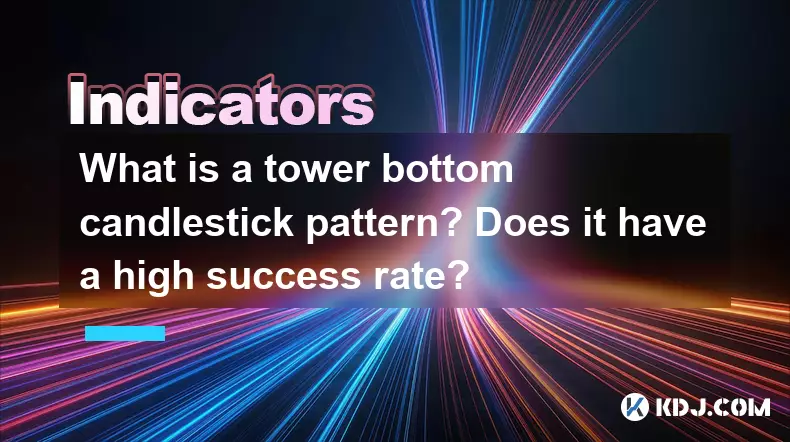
What is a tower bottom candlestick pattern? Does it have a high success rate?
Sep 22,2025 at 07:18am
Tower Bottom Candlestick Pattern Explained1. The tower bottom candlestick pattern is a reversal formation that typically appears at the end of a downt...
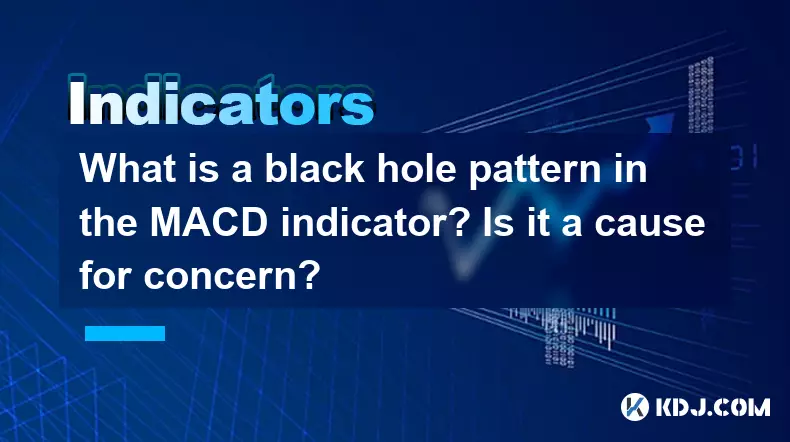
What is a black hole pattern in the MACD indicator? Is it a cause for concern?
Sep 21,2025 at 06:54pm
Bitcoin's Role in Decentralized Finance1. Bitcoin remains the cornerstone of decentralized finance, serving as a benchmark for value and security acro...

How can I use the psychological line (PSY) to determine market sentiment?
Sep 17,2025 at 02:19pm
Understanding the Psychological Line (PSY) in Cryptocurrency TradingThe Psychological Line, commonly referred to as PSY, is a momentum oscillator used...
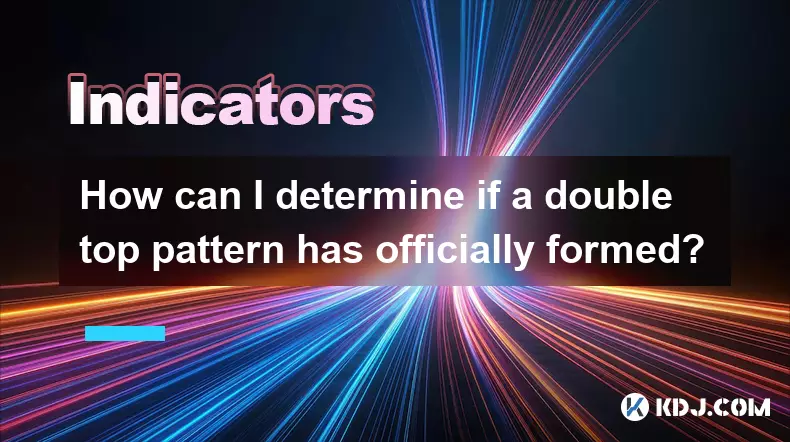
How can I determine if a double top pattern has officially formed?
Sep 21,2025 at 03:18am
Understanding the Structure of a Double Top Pattern1. A double top pattern consists of two distinct peaks that reach approximately the same price leve...
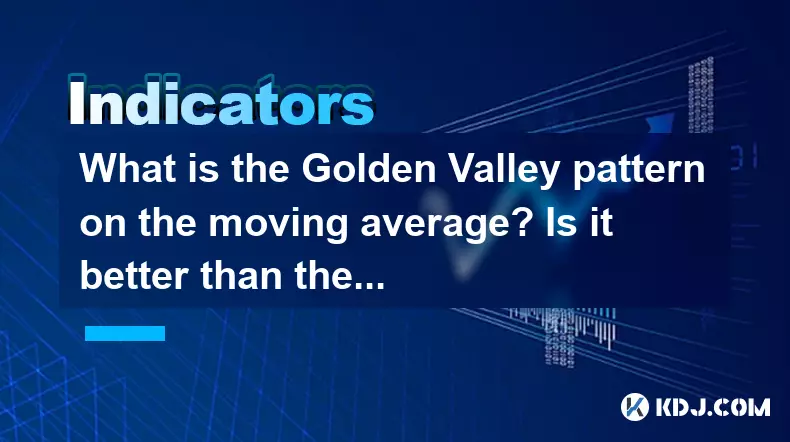
What is the Golden Valley pattern on the moving average? Is it better than the Silver Valley pattern?
Sep 21,2025 at 02:54pm
Understanding the Golden Valley Pattern in Moving Averages1. The Golden Valley pattern is a technical formation observed in cryptocurrency price chart...

What does a death cross of the RSI in the strong zone (above 50) mean?
Sep 17,2025 at 10:54pm
Understanding the Death Cross in RSI Context1. The term 'death cross' is traditionally associated with moving averages, where a short-term average cro...

What is a tower bottom candlestick pattern? Does it have a high success rate?
Sep 22,2025 at 07:18am
Tower Bottom Candlestick Pattern Explained1. The tower bottom candlestick pattern is a reversal formation that typically appears at the end of a downt...

What is a black hole pattern in the MACD indicator? Is it a cause for concern?
Sep 21,2025 at 06:54pm
Bitcoin's Role in Decentralized Finance1. Bitcoin remains the cornerstone of decentralized finance, serving as a benchmark for value and security acro...

How can I use the psychological line (PSY) to determine market sentiment?
Sep 17,2025 at 02:19pm
Understanding the Psychological Line (PSY) in Cryptocurrency TradingThe Psychological Line, commonly referred to as PSY, is a momentum oscillator used...

How can I determine if a double top pattern has officially formed?
Sep 21,2025 at 03:18am
Understanding the Structure of a Double Top Pattern1. A double top pattern consists of two distinct peaks that reach approximately the same price leve...

What is the Golden Valley pattern on the moving average? Is it better than the Silver Valley pattern?
Sep 21,2025 at 02:54pm
Understanding the Golden Valley Pattern in Moving Averages1. The Golden Valley pattern is a technical formation observed in cryptocurrency price chart...

What does a death cross of the RSI in the strong zone (above 50) mean?
Sep 17,2025 at 10:54pm
Understanding the Death Cross in RSI Context1. The term 'death cross' is traditionally associated with moving averages, where a short-term average cro...
See all articles










































































